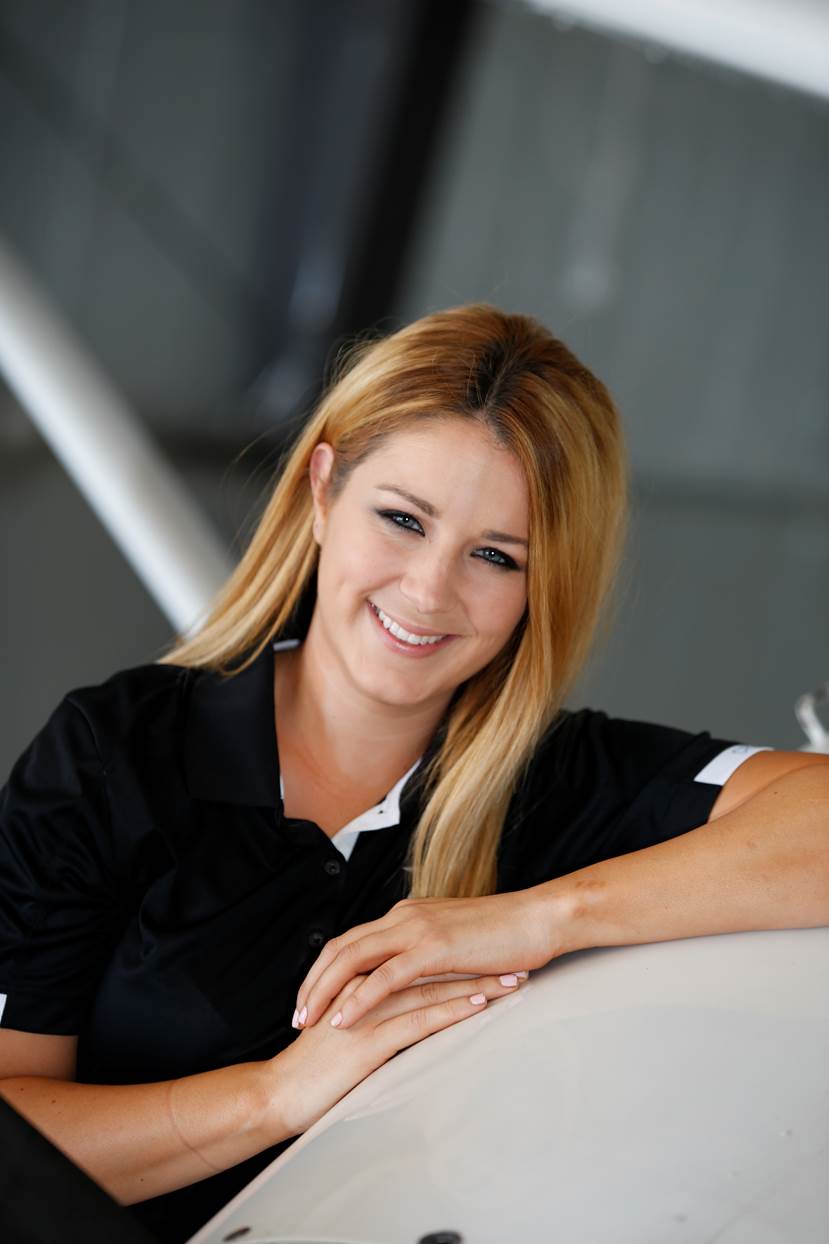FAA proposes second class medical for balloon pilots
A proposed FAA rule would require balloonists operating for hire be held to the same standards as commercial pilots by obtaining a second class medical, and would expand BasicMed requirements to include those not acting as pilot in command.
According to the FAA, “The benefits of the proposed rule include enhanced safety of commercial balloon operations through reduced risks of accidents, fatalities, and injuries caused by medical impairment of balloon pilots.”
Currently, balloon pilots are not required to obtain a pilot medical certificate, though they cannot operate if they have certain medical conditions. Following the November 2 notice of proposed rulemaking, FAA Administrator Steve Dickson said, “Balloon pilots are responsible for the safety of their passengers...This proposed rule would ensure that balloon pilots meet the same medical requirements as pilots of other commercial aircraft.”
The FAA’s rulemaking is in line with proposed safety regulations in the 2018 FAA Reauthorization Act, as well as the NTSB’s recommendation that the exemption be removed.
While the FAA does not have a database of commercial balloon operators, it estimates there are 356 individual operators who will be impacted, with nearly 5,000 hot air balloons registered with the agency.
Pat Cannon, president of the Balloon Federation of America, said it remains unclear how the new rule will affect the balloon industry, as many balloon operators have never had to go through the process of obtaining a medical certificate.
“I believe the institution of a second class medical will not be friendly and favorable to a lot of us, but by the same token, would you want your family to fly in a 16- or 18-passenger airliner and you knew the pilots up front have never had a medical? So, I suppose there is some justification for it, especially with the large balloon operators.
“Along with that, we’ve had people we know who have been flying for years and years and years that may have conditions that would cause them to discontinue their flying, at least from a commercial standpoint,” he added.
Also included in the proposed rule is a provision to expand the BasicMed requirements to include people not acting as PIC—namely, safety pilots. AOPA supports the proposed change as it will allow many more opportunities for individuals to gain experience and to maintain proficiency. Since its inception five years ago, more than 69,000 pilots have qualified to fly under the BasicMed program while general aviation is on track to have the safest year ever.
The new requirement would not apply to pilots conducting flight training in balloons. The public will have 60 days to provide comments after the proposed rule is published in the Federal Register. After the comment period closes, the FAA will review all comments before publishing a final rule.



